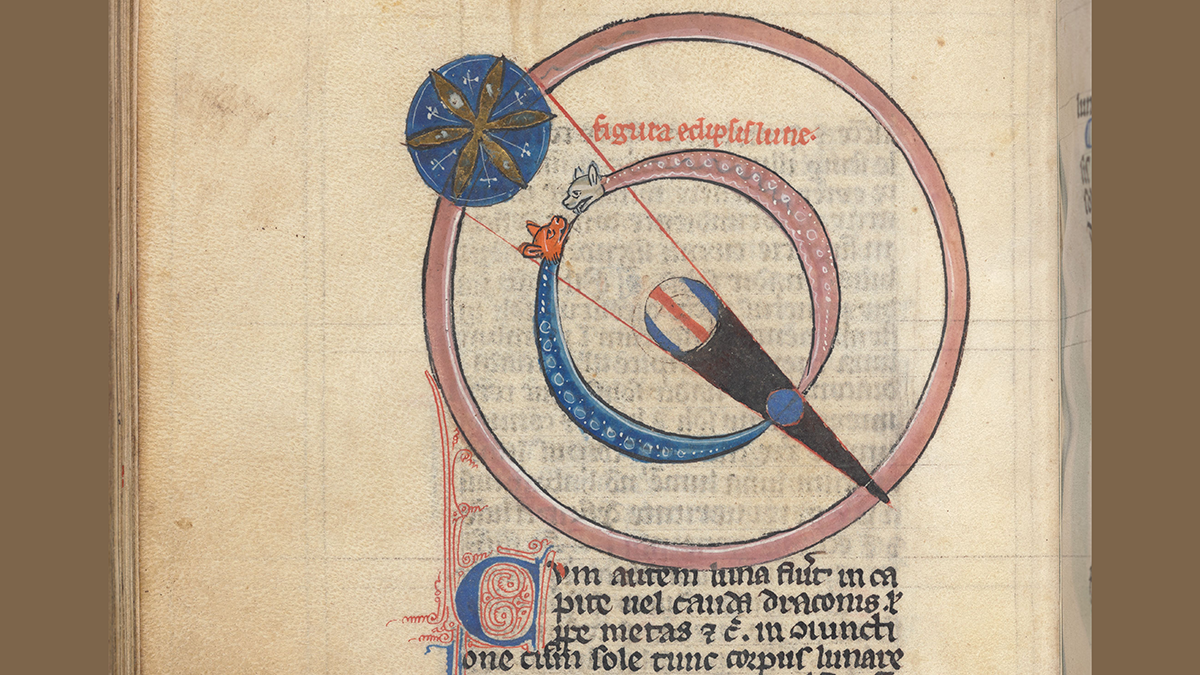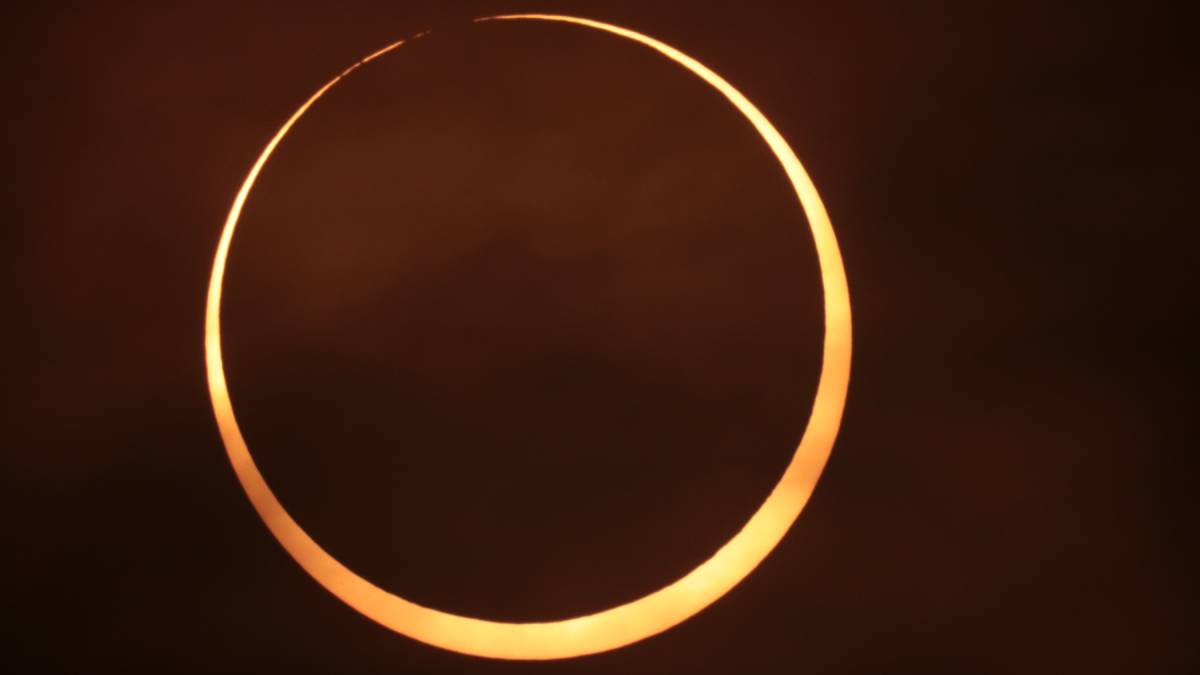Reintroducing these animals can enrich barren soils and potentially reduce water contamination, a study shows.
ENGAGE
Future Supercontinent Will Be Inhospitable for Mammals
Pangea returns in 250 million years, and it’s not looking good for us.
Five Martian Mysteries That Have Scientists Scratching Their Heads
Despite centuries of study and many spacecraft visits, the Red Planet still holds secrets. Here are just a few.
Millions Likely Live in Areas Contaminated by Mining Runoff
Heavy metal contaminants from mining can live in ecosystems for centuries. A new global database shows where the problem is worst.
Registros de eclipses fechan erupciones volcánicas de los siglos XII y XIII
Registros antiguos de lunas oscuras y lunas de sangre ayudan a los científicos a vislumbrar erupciones pasadas y sus efectos en el clima global.
Ham Radios Crowdsourced Ionospheric Science During Eclipse
Amateur radio operators who study space physics and the upper atmosphere probed the ionosphere’s response to the 2023 annular solar eclipse using shortwave transmissions.
Popping Bubbles Make Glaciers Melt Faster
Accounting for the newfound bubble effect could improve estimates of how sea-terminating glaciers melt underwater—and better anticipate their shrinkage as oceans warm.
Bird Biodiversity Reports Reflect Cities’ Redlined Past
The lack of bird records in formerly redlined areas creates an inaccurate picture of urban biodiversity, leading to gaps in conservation efforts.
Getting Psyched Up for an Asteroid Mission
The first mission to a metallic asteroid, scheduled for launch on 5 October, could provide clues to the formation of Earth and the solar system’s other inner planets.
A Lunar Mission Spots Its Failed Brethren
Data from NASA’s Lunar Reconnaissance Orbiter have been instrumental in pinpointing where other Moon-bound spacecraft have crashed.










